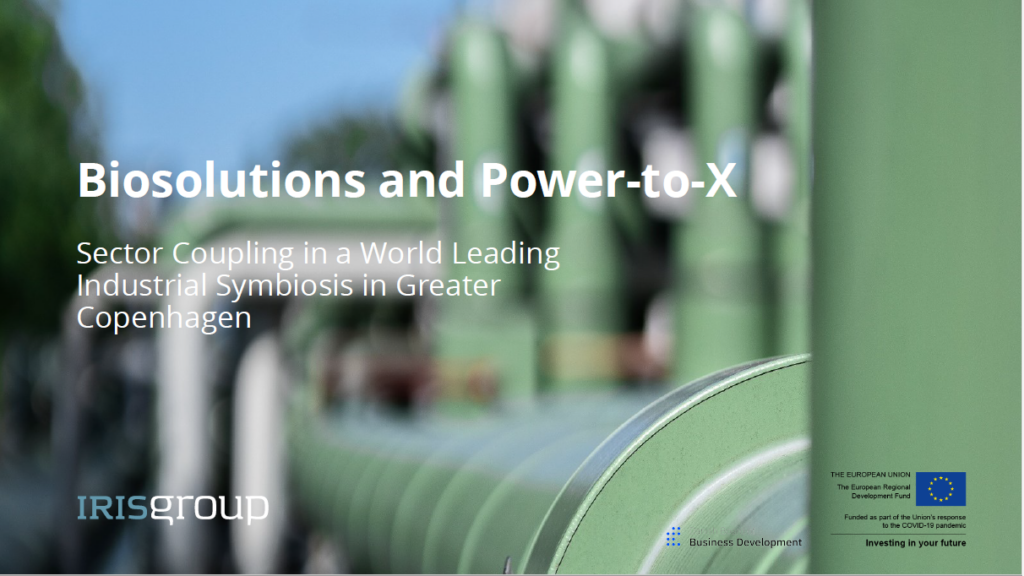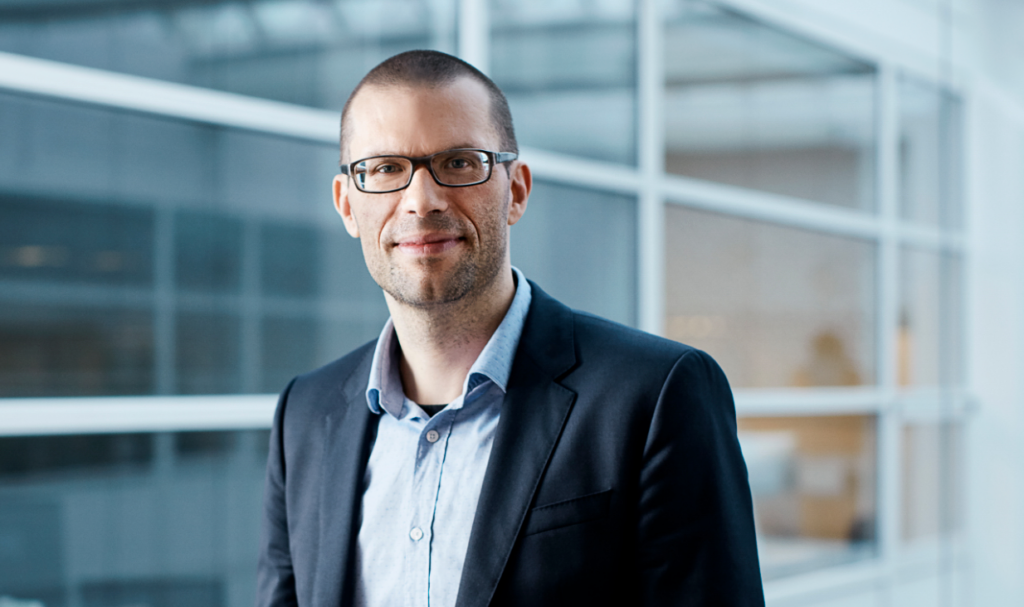
The potential for integration of technology sectors can revolutionize the development of sustainable production methods. In other words, we are at the doorstep of the next Danish growth adventure, and Kalundborg holds the key, according to a new report published on June 7 at Industriens Hus.
Climate change and the demands of a growing world population require new ways of producing food, feed, energy and chemicals. The technology areas "Biosolutions" and "Power-to-X" (PtX) can provide answers to many of the challenges we face globally.
Kalundborg is a key player in both areas, and a new report now focuses on the potential of coupling the two technologies. The report, "Biosolutions and Power-to-X: Sector Coupling in a World Leading Industrial Symbiosis in Greater Copenhagen", was published on June 7, 2023 at a morning meeting at Industriens Hus.
The report was prepared by the analysis and consulting company IRIS Group in collaboration with the Confederation of Danish Industry, Greater Copenhagen and the locally anchored partnership Knowledge Hub Zealand.
Biosolutions are products and processes based on biotechnology with broad application potential, such as biologically produced proteins for food or alternatives to traditional materials such as plastics and cement.
Today, Denmark holds a position of strength when it comes to research, innovation and manufacturing of biosolutions, and the industry and educational environment in Kalundborg - also known as the Biotech City - plays an important role. With biotech companies such as Novo Nordisk, which produces half of the world's insulin, Novozymes, one of the world's leading enzyme producers and Chr. Hansen, which develops natural food ingredients and more, Kalundborg's extensive industrial infrastructure is crucial to maintaining Denmark's leading position.
Power-to-X (PtX) refers to a range of technologies based on harnessing electricity and water to produce hydrogen via electrolysis. The PtX industry is currently at a relatively early stage of development, but major implementations of the technology are expected worldwide in the coming years.
In addition to the potential and applications of Biosolutions and PtX, there are opportunities and perspectives in linking the technologies. This and much more is currently being uncovered in the innovation project "PtX Cluster Zealand", which, among other things, is about exploring the coupling of the new PtX technologies to resource flows in Kalundborg, where industrial companies have been collaborating for many years to share resources such as energy, water and residual materials.
In addition to the Kalundborg Symbiosis and several external project partners, local partners involved include Unibio, Kalundborg Forsyning and Knowledge Hub Zealand.
In Kalundborg, we have been working with green symbiosis across sectors for over 50 years. We are now building on that experience. One example of this is our biotech industry, which can use the oxygen from electrolysis to produce hydrogen. Power-to-X can become a new climate technology growth adventure on Zealand, which we are proud to support,

Christian Beenfeldt, Project Director, Knowledge Hub Zealand: One of the lead organizations in the PtX Cluster Zealand project together with Energy Cluster Denmark and Erhvervshus Sjælland.
There are several reasons why sector coupling PtX and Biosolutions in the Kalundborg Symbiosis could be interesting. Firstly, PtX requires large amounts of high-quality water. For this, Kalundborg Utility has many years of experience and expertise in treating and delivering water of different qualities to the industry in Kalundborg. Secondly, synthetic fuels are produced from hydrogen from electrolysis and biogenic CO2 that can be captured from Kalundborg's biotech production (this process is also known as Carbon Capture and Utilization, CCUS). Thirdly, electrolysis generates excess oxygen and heat, which can be used in local industry and utilized as district heating.

Photo: Kalundborg Symbiosis.

Knowledge Hub Zealand
Biotekparken 1
4400 Kalundborg



Knowledge Hub Zealand
Biotekparken 1
4400 Kalundborg